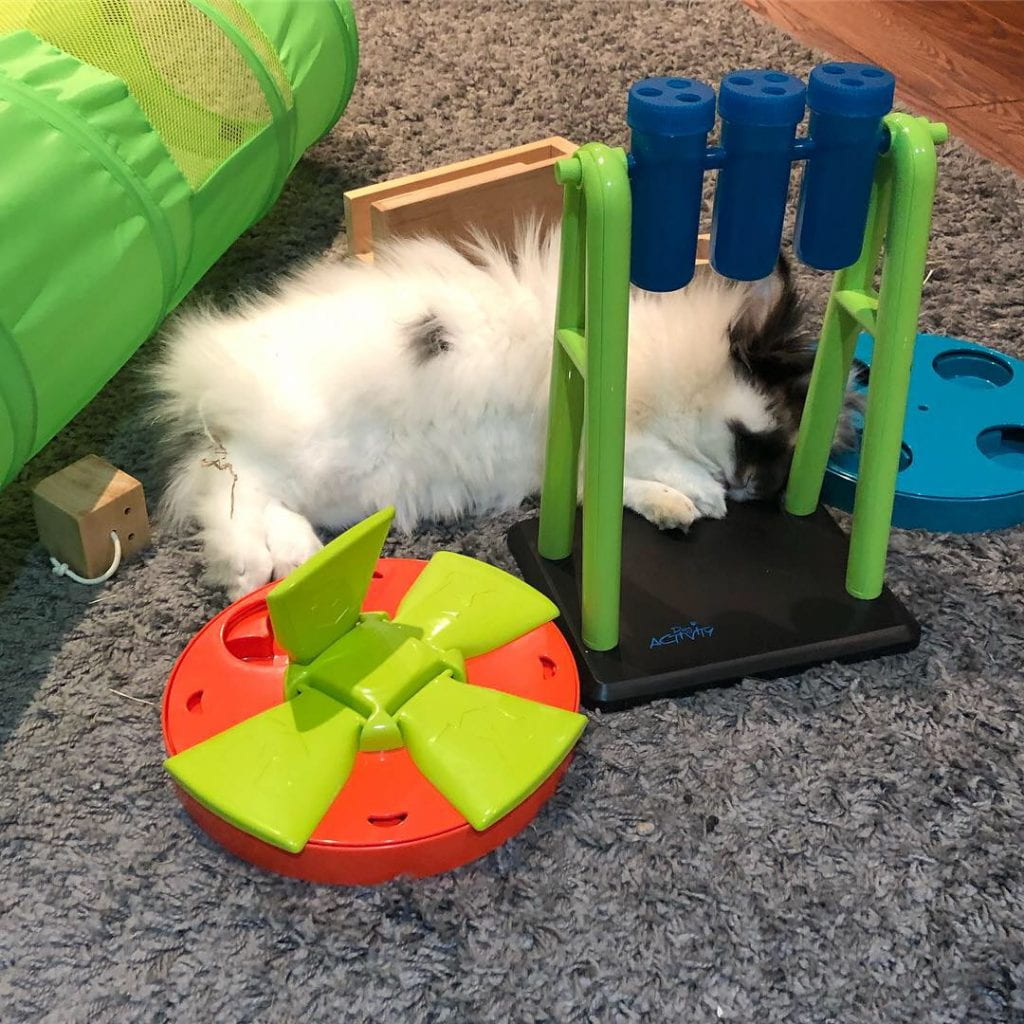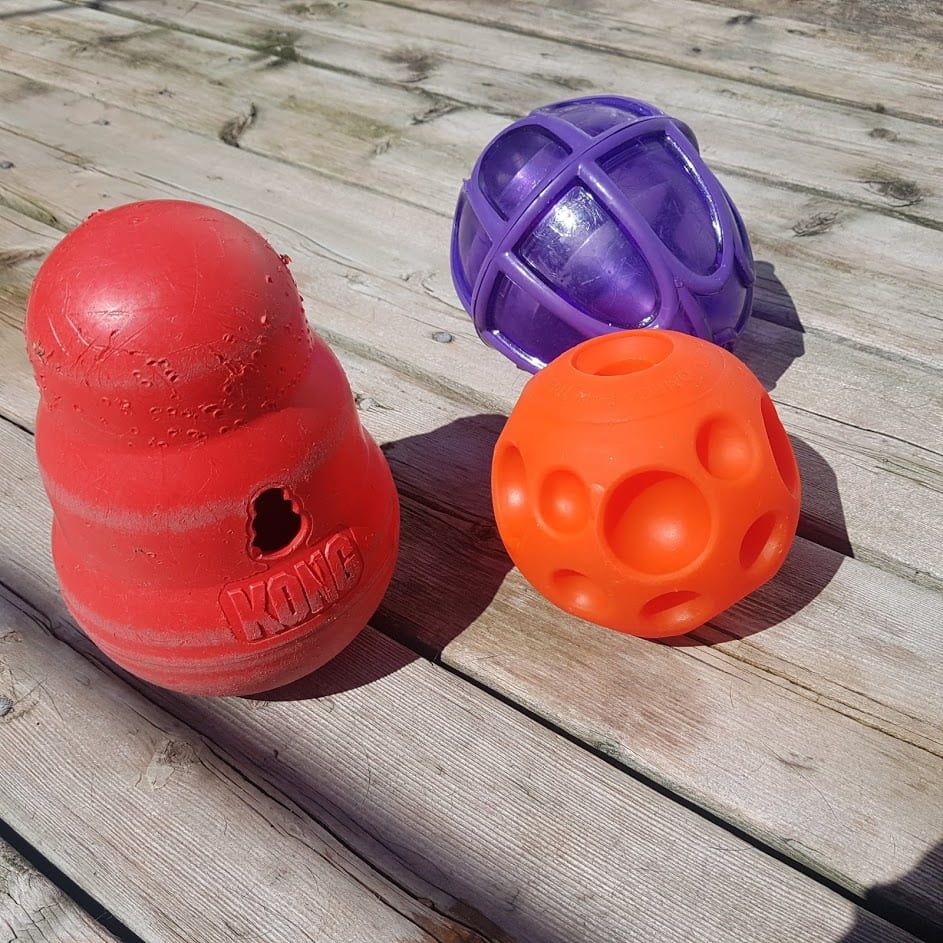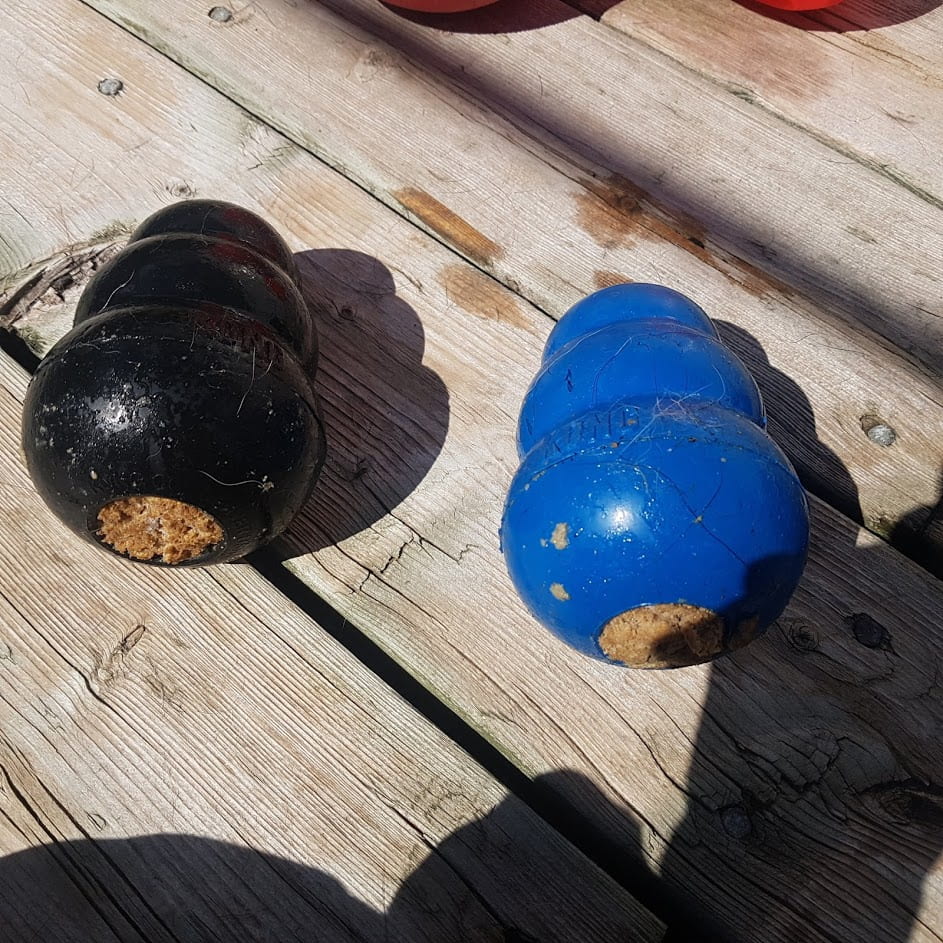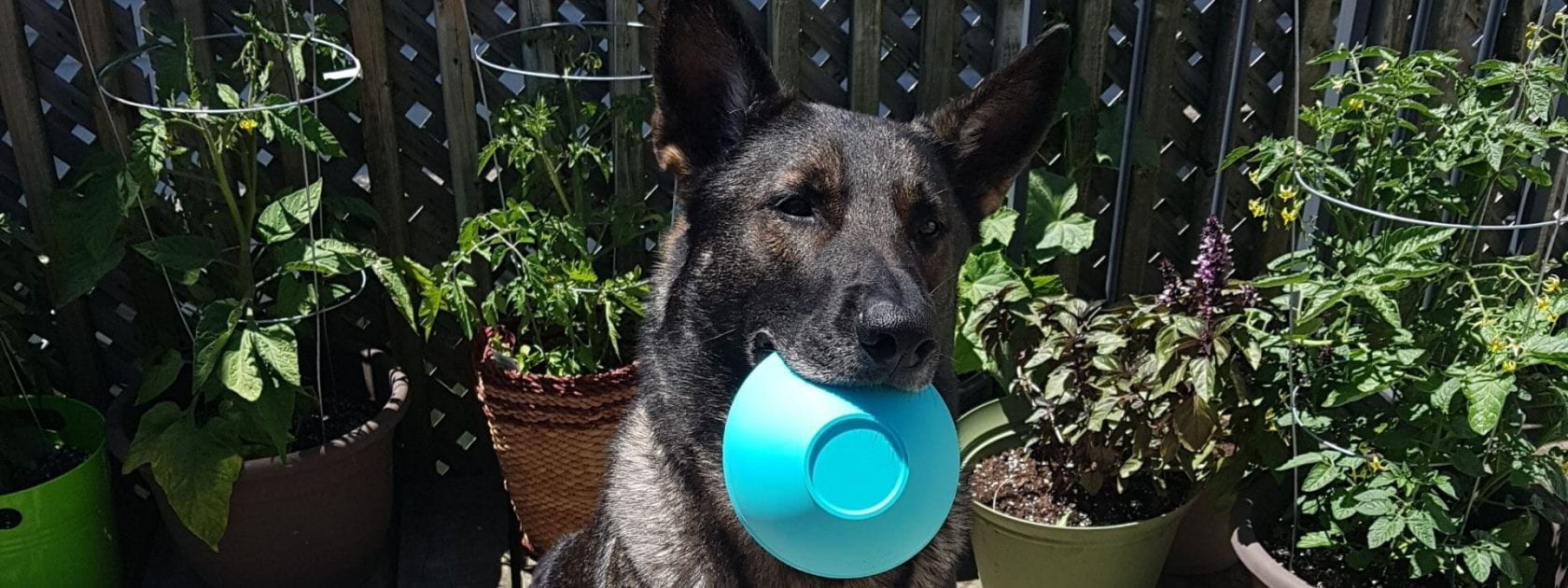In the Before The Bowl Blog, we will aim to share two to three new posts per month, something which can be used by veterinary team members and pet caregivers alike. We will try to bust myths, share new information on veterinary and pet nutrition as it becomes available and explore new feeding trends.
First on the list is a global topic which many are challenged with right now. How do I keep my pets entertained now that we are in lockdown? I am fortunate to live in an area where the COVID-19 outbreak is fairly well controlled, therefore I am fortunate that many of us are able to continue to use local trails and outdoor areas for exercise and enrichment. This benefits not just my dogs and son, but myself as well.
But what do we do if we are restricted to our yard and home? We can increase exercise by using toys and even some fitness equipment, but what if your pet does not like to play?
Every pet needs to EAT. What if we use this to stimulate our dogs and cat’s bodies and minds? This means NO MORE FREE LUNCHES!
Puzzle Feeders
Puzzle feeders utilize your pet’s natural instincts which were previously needed for the acquisition of food (before their food was served to them on a silver bowl!). Some dogs are only a generation or two away from utility dogs who are still used as part of a team to perform those functions. Although others are far-removed from such tasks, their natural instincts are still present! Instinctual behaviors needed for puzzle feeders:
- Stalking & chasing
- Chewing & gnawing
- Scenting
- Manual dexterity
- Problem-solving

Chasing & Stalking
The most broadly used puzzle feeder type, chasing feeders, are usually a ball or egg-shaped hard-plastic toy which can be filled with kibble. There are small holes in the sphere which kibble will drop out of when manipulated. The challenge is the ball must be rolled around to allow the kibble to fall out. Dogs and cats will bat at it with their paws and push it around with their noses. Many feature various degrees of challenge so the difficulty can be increased as the pet gains experience.
Fun fact: these puzzle toys can also be used for smaller pets such as rabbits, or livestock such as chickens, pigs and horses.

Make your own! Using a water-bottle and cut out holes in the sides. Larger pet? Use an 18 Litre bottle instead!
Chewing & Gnawing
This is a fun favourite for dogs! Be aware of a delicate balance with chews; they must be soft and pliable enough to not cause damage to the dog’s teeth, yet not so soft that pieces can be chewed off and ingested.
A popular favourite is the Kong fillable chews. They are available in a wide array of sizes, shapes and colours. They are known for their indestructible rubber (ask my youngest dog, Xenon, no toy is indestructible!) with a range of colours which correspond with the durability. Black is the strongest, then dark blue (conveniently, is radiopaque), red and then purple for seniors and pink and blue for puppies.

What to fill them with? It is best to use just your pet’s food, dry or canned. If you do not have canned food for your pet, try soaking your pet’s kibble overnight in the fridge to obtain that “mushy cereal” consistency. When your dog can empty a Kong in under 5 minutes, increase the difficulty by freezing them overnight in the freezer. This also provides a cool pup-cicle for these hot summer days.
Other pets: Black or red XXS Kongs are a great puzzle toy for ferrets. Pot-belly pigs mini-pigs, and large breed pigs love black Kongs as an enrichment toy!
Scenting
There are puzzle toys with various compartments to hide food in. Your pet has to guess which compartment hold the food (or use their nose to find it!). They can then slide the lid open to reveal their food. These toys are for more experienced pets. Power chewers may make a shortcut by just chewing through, so a need for supervision is even more important! Aikou, and Dog-It have some excellent options.

Make your own! Using a muffin pan and tennis balls!
Manual Dexterity
This is where our feline friends really shine! The kibbles or canned food is placed inside a compartment which is too small for the cat’s face to fit (far too small, to avoid the cat’s head from becoming stuck). They must reach inside with their paws, grab the food and pill it out. Even declawed cats can do this! Cat-It has a feeding tower, with multiple horizontal openings and another feeder with multiple vertical tubes.
Cat: (Chewing sounds)
Make your own! Using an egg-carton. Add paper rolls at various heights to increase the difficulty.
Try these ideas at home and share them with your friends. What worked and what didn’t?
Caution!
- Your pet should always be supervised while using a puzzle feeder
- Be sure to use the appropriate size intended by the manufacturer
- Inspect the toy before filling. Any damaged toys should be discarded
- The product should be cleaned regularly just as your pet’s bowl would be, in hot, soapy water or a dishwasher
Post by: Shoshana Verton-Shaw, RVT, VTS (Nutrition)


